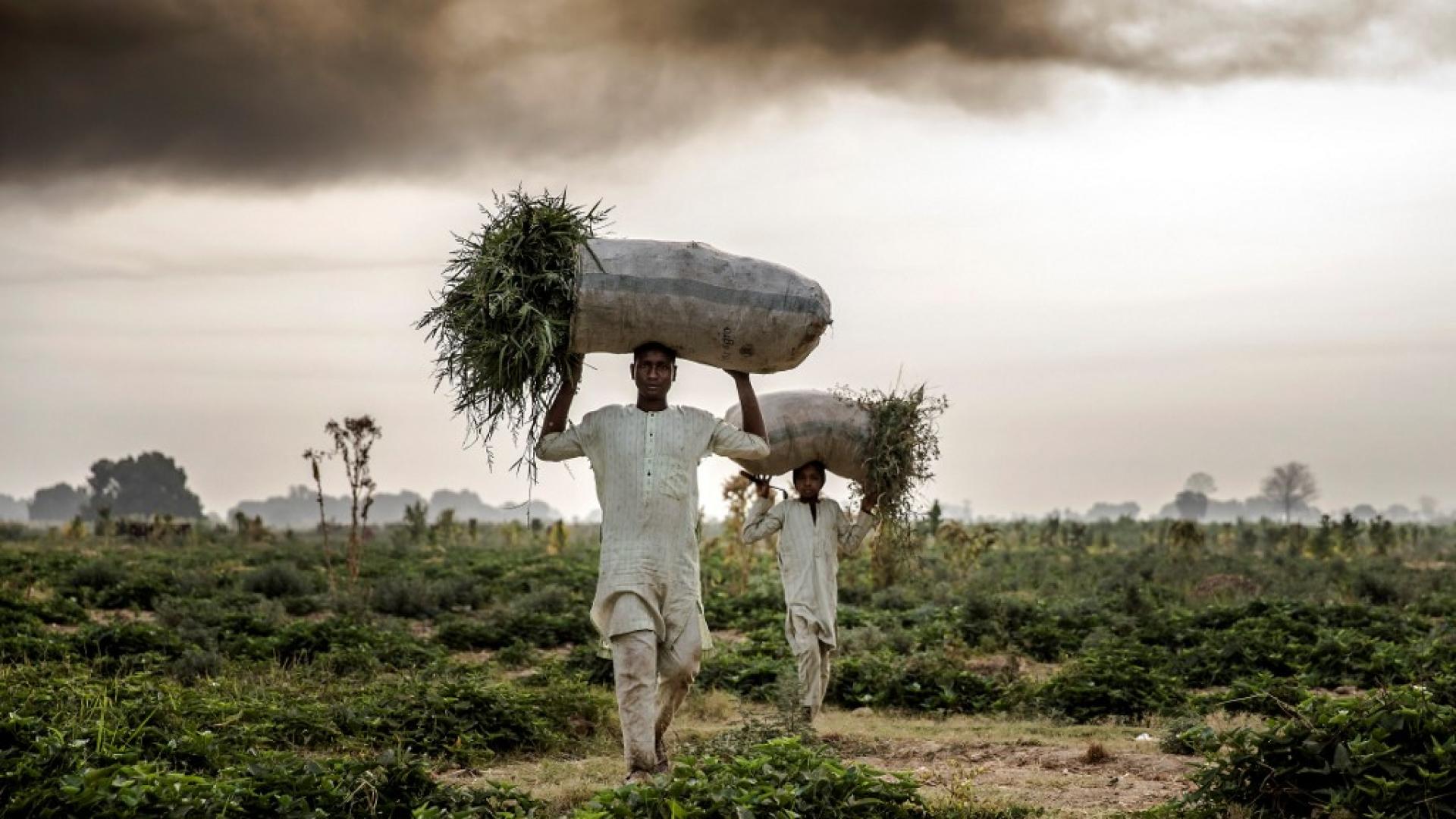Africa and asia are home to nearly 90 percent of the world s rural population

Africa and Asia: Home to Nearly 90 Percent of the World’s Rural Population

According to a recent report, Africa and Asia are home to almost 90 percent of the world’s rural population1^. This fact sheds light on the significant concentration of rural inhabitants in these two continents. Let’s dive into this statistic and explore the reasons behind this distribution.
The Importance of Rural Populations
Rural populations play a vital role in the overall global population. They contribute to various sectors such as agriculture, industry, and services. In many developing countries, agriculture forms the backbone of the economy, with rural communities typically engaged in farming activities. The majority of the world’s food supply is produced by rural populations, making them crucial for food security on a global scale.
Africa: A Continent of Rural Communities
Africa has a substantial rural population, making up a significant proportion of the total inhabitants of the continent. Despite rapid urbanization in recent years, a significant portion of Africa’s population still resides in rural areas. Factors such as limited access to quality education, healthcare, and employment opportunities influence the decision to remain in rural locations.

Africa’s rural areas are characterized by vast farmlands, where agricultural activities such as crop cultivation and animal husbandry are prevalent. Agriculture serves as a source of income and sustenance for these communities, contributing to their social and economic development. However, challenges such as climate change, land degradation, and limited access to modern farming techniques hinder the potential growth of rural areas in Africa.
Asia: A Continent of Agrarian Economies
Notably, Asia houses a substantial rural population as well. Countries like India, China, and Indonesia have a large number of rural inhabitants. These regions have traditionally been dependent on agriculture as the primary livelihood option. The fertile lands in different parts of Asia have supported agrarian economies for centuries.
In Asia, rural communities engage in a wide range of agricultural practices, including paddy cultivation, horticulture, and livestock farming. The agricultural sector remains a significant contributor to national income and employment in many Asian countries, driving economic growth and development.
Challenges Faced by Rural Populations
While rural populations play a crucial role in their respective regions’ development, they also face numerous challenges. Insufficient access to quality education, healthcare, infrastructure, and limited connectivity hinder their overall well-being and economic progress. Additionally, outdated farming practices, fluctuating market conditions, and environmental factors pose additional hardships to these populations.
Efforts have been made by governments and non-governmental organizations to address these challenges and improve the conditions of rural populations. Initiatives focusing on education, healthcare, infrastructure development, and the adoption of sustainable farming techniques are being implemented to enhance their quality of life.
Looking Ahead
As the world continues to evolve, it is important to recognize the significance of rural populations and their contribution to global development. While Africa and Asia are currently home to nearly 90 percent of the world’s rural population, it is essential to empower these communities and invest in their sustainable growth. By doing so, we can ensure a prosperous future for both rural populations and the overall global population.
[Note: The images in this article are for illustrative purposes only and do not directly represent the statistics mentioned.]
Tags
Share
Related Posts
Quick Links
Legal Stuff

